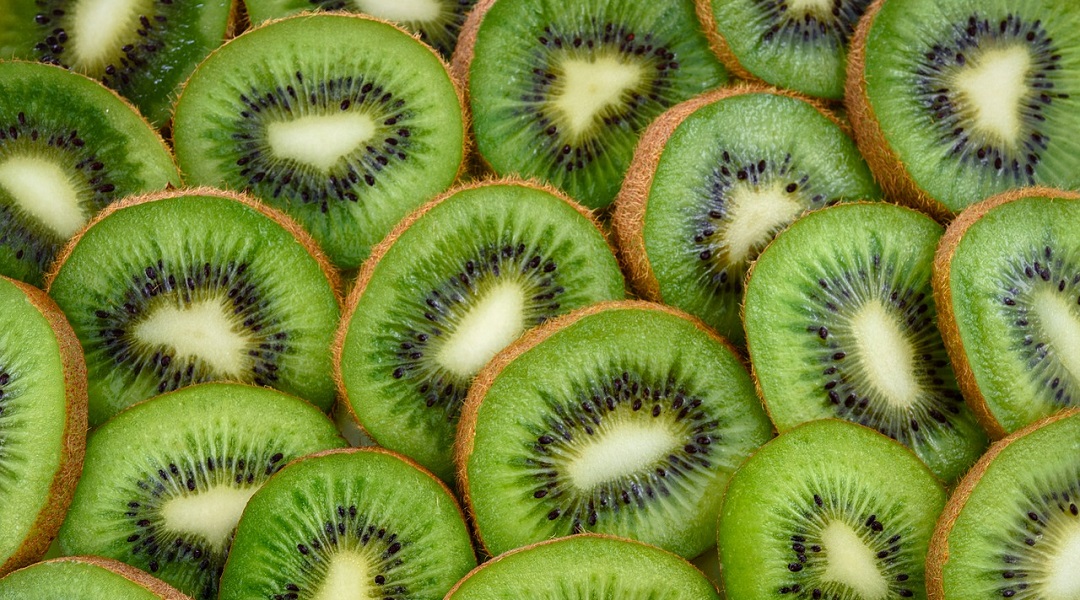Yellow kiwi fruit (Actinidia chinensis ‘Soreli’) is an increasingly important crop worldwide due to its pleasant taste and levels of beneficial bioactive compounds, which exceed other varieties. However, it is more sensitive to chilling damage at low storage temperatures than the more common green kiwi fruit. This limits its storage time at the currently recommended 1°C, and makes it less commercially viable as a result.
A study in the Journal of the Science of Food and Agriculture has set out to find the most effective methods of managing the post-harvest treatment of the fruit to improve the storage times of yellow kiwi.
Ozone can be used as an alternative post-harvest treatment since it is an antimicrobial agent and can also reduce the effects of flesh softening in stored fruits. The researchers investigated the effects of ozone treatment and different storage temperatures on the quality of the yellow kiwi fruits, testing them at regular intervals throughout storage.
Treatment with ozone immediately post-harvest followed by storage at 2°C proved particularly effective. The ozone induced ripening, which in turn had an advantageous effect on the bioactive compounds in the fruit, and delayed the growth of microbes in the kiwi.
At 2°C, therefore, ozone treatment provided an effective substitute for a lower storage temperature, providing scope for the fruits to be stored longer without risk of chilling damage. There is a limit to ozone’s beneficial effects, however, since the treatment had no advantages to offer when the storage temperature of the fruit was 4°C. Nevertheless, this research is a promising step on the way to better storage of yellow kiwi fruits.

















